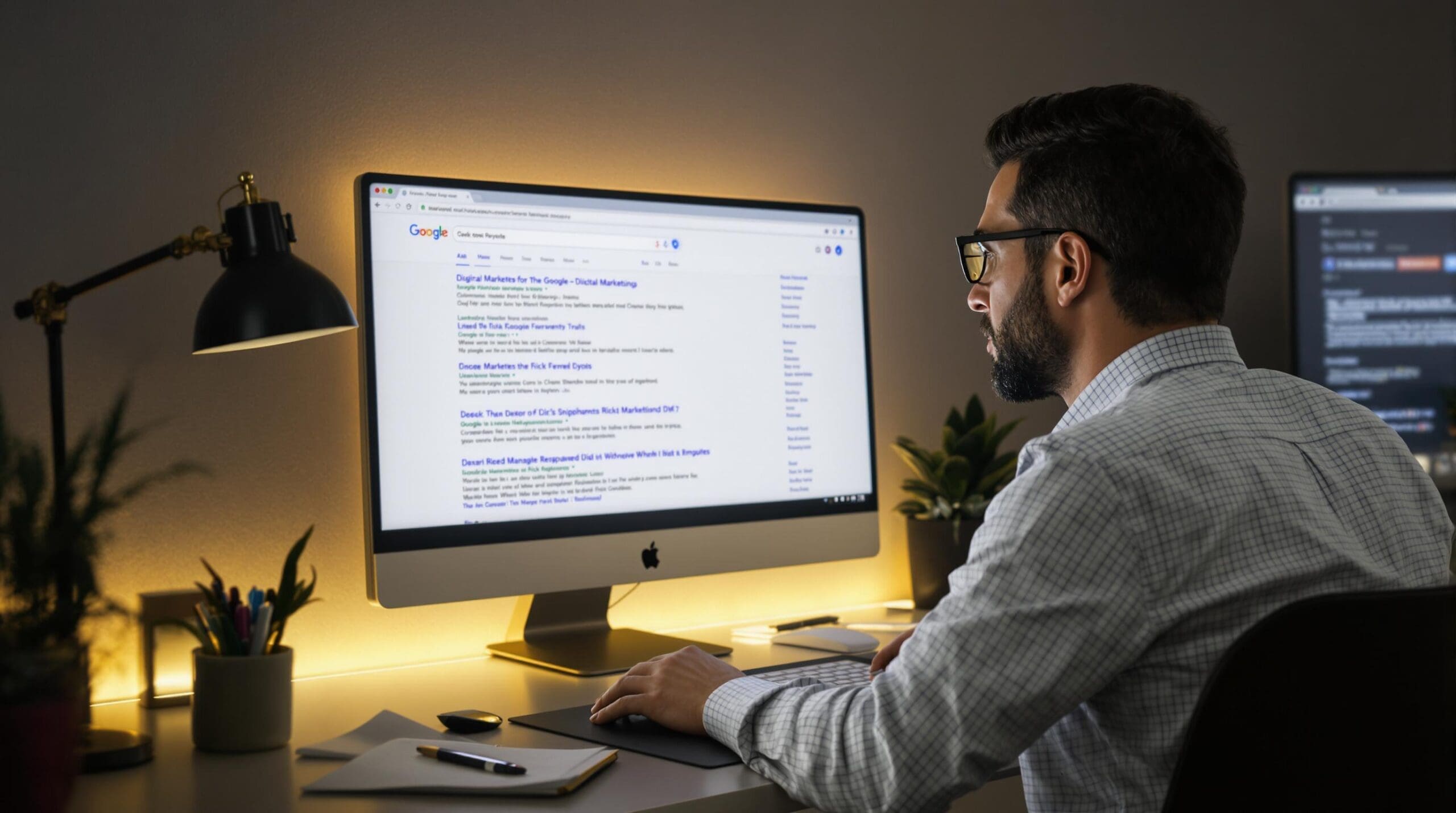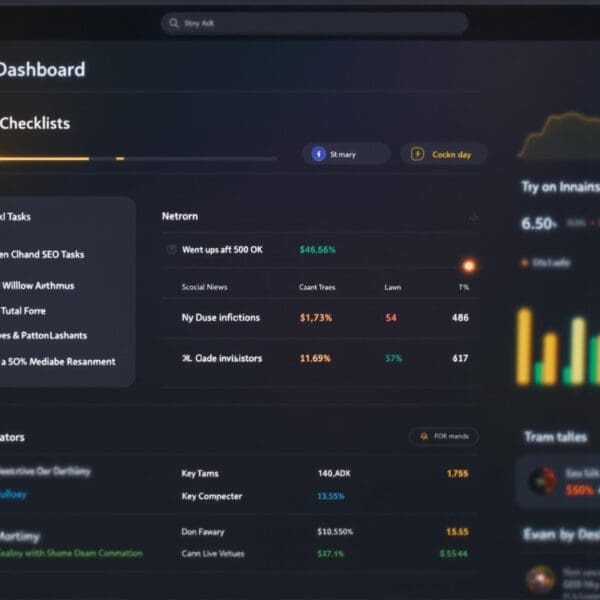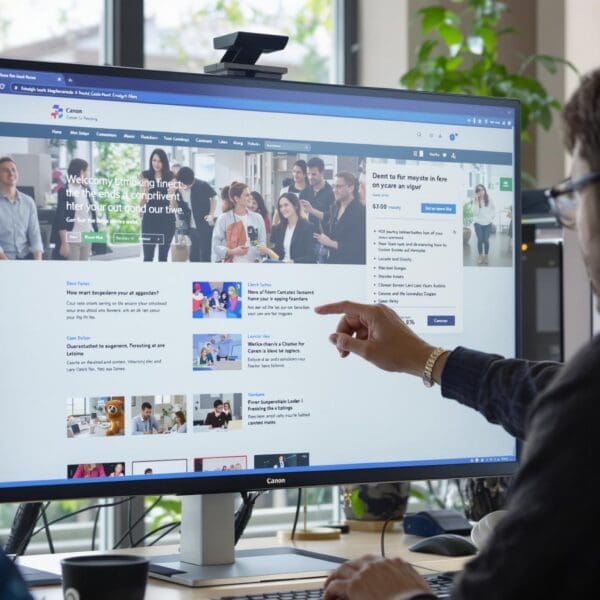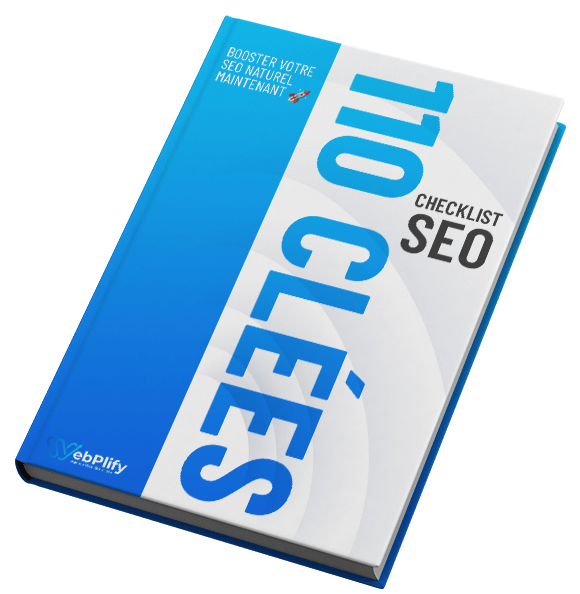Creating a high-performance website requires a well-thought-out strategy and meticulous execution. Here are the key points to remember:
- Strategic planning: Clearly define your objectives and target audience
- Responsive, ergonomic design for optimum user experience
- High-quality, SEO-optimized content
- Technical and safety aspects for a reliable, high-performance site
- Continuous performance analysis for constant improvement
Creating a high-performance website is crucial for any company wishing to stand out online. With over 9 years’ experience in SEO and web design, I can tell you that the success of a web project depends on a well-thought-out strategy and meticulous execution. In this article, we’ll explore the key elements for creating an effective website, whether you’re a beginner or a seasoned professional.
Table of contents
ToggleStrategic planning: the foundations of your website
Before you even start coding or choosing a template, it’s essential to lay a solid foundation for your web project. This crucial step begins with a clear definition of your site’s objectives. Do you want to sell products online, generate leads, or simply inform your audience? The answer to this question will guide all your future decisions.
Once you’ve defined your objectives, it’s time to look at your target audience. Who are your potential visitors? What are their needs and expectations? This understanding will enable you to adapt your site’s content and design to maximize its impact.
Don’t forget to consider the practical aspects:
- Available budget
- Human resources at your disposal
- Production schedule
These elements will greatly influence your technological choices and your ambitions for the project. For example, during a project for an innovative tech start-up, we initially underestimated the time needed to develop certain complex functionalities. This experience taught me the crucial importance of realistic planning.
Finally, choose a representative, memorable domain name. It’s your address on the web, your digital identity. Choose something short, easy to remember and related to your business or brand.
Design and ergonomics: the art of seducing your visitors
Once the strategy has been defined, it’s time for the design. The design of your website is fundamental, as it will be your visitors’ first impression of your company. A simple, uncluttered and ergonomic design is the key to capturing your users’ attention.
Start by developing a coherent graphic charter. This includes :
- The choice of colors
- Typography
- Style of images and icons
- Creating a representative logo
Don’t forget that your site needs to be responsive, i.e. adapted to all screen types, from smartphones to desktops. According to my observations, over 60% of web traffic now comes from mobile devices. Neglecting this aspect would be a costly mistake.
Navigation on your site must be intuitive and fluid. Your visitors need to be able to find the information they’re looking for quickly. Remember to structure your content logically and use clear, well-organized menus.
Here’s a table summarizing the key elements of effective design:
| Element | Importance | Impact on user experience |
|---|---|---|
| Responsive design | High | Accessibility on all devices |
| Intuitive navigation | High | Easy to find information |
| Fast loading time | High | Reduced bounce rate |
| Visual consistency | Average | Reinforcement of brand identity |
To optimize the user experience, aim for a loading time of less than 3 seconds. Each additional second can result in a significant loss of visitors. Use image optimization and caching tools to improve your site’s performance.
Content and SEO: the key to your online visibility
There’s more to a successful website than attractive design. As an SEO specialist, I can’t stress enough the importance of creating quality, SEO-optimized content.
Here are some tips for effective content:
- Write clear, informative texts
- Use relevant keywords naturally
- Structure your pages with headings and subheadings (H1, H2, H3)
- Integrate images and videos to illustrate your points
- Update your content regularly
Don’t forget tooptimize your title and meta-description tags for each page. These elements are crucial to improving your visibility in search results.
To encourage interaction with your visitors, integrate strategically placed call-to-action (CTA) buttons. Also offer the possibility of leaving comments or sharing your content on social networks. These interactions are valuable for SEO and for creating a community around your brand.
Consider setting up a newsletter to build visitor loyalty. It’s an excellent way of keeping in touch and keeping them informed of your latest news. In the course of my projects, I’ve found that sites with a well-managed newsletter have a much higher visitor return rate.
Finally, don’t forget the importance ofanalyzing your site’s performance. Use tools like Google Analytics to track your visitors’ behavior and identify areas for improvement. This data is invaluable for continually optimizing your website and adapting it to the needs of your audience.
Technical aspects and security: the pillars of a reliable site
Your website’s technical performance is just as important as its content and design. A slow or insecure site can quickly drive visitors away and damage your online reputation.
Security must be a top priority. Make sure you install an SSL certificate to encrypt the data exchanged between your site and its visitors. This is particularly crucial if you’re running an e-commerce site or collecting personal information.
When it comes to hosting, choose a reliable solution tailored to your needs. A good hosting provider will guarantee :
- Optimum availability of your site
- Regular backups
- Responsive technical support
- Automatic security updates
Don’t forget to budget for regular site maintenance and updates. Web technologies evolve rapidly, and you need to keep up to date to maintain the performance and security of your platform.
Finally, if you don’t have the necessary technical skills, don’t hesitate to call in the professionals. A web designer, web developer and SEO copywriter can make a real difference to the final quality of your site. Their expertise will save you precious time and ensure a professional result.
By following these tips, you’ll be able to create a high-performance, attractive and effective website to achieve your online goals. Remember that creating a website is a continuous process of improvement and optimization. Keep in touch with your users and with developments on the web to keep your site in top shape.















